Leading market players are investing heavily in research and development to expand their product lines, which will help the Meat Tenderizing Agents Market grow even more. Market participants are also undertaking various strategic activities to expand their footprint, with important market developments including new product launches, contractual agreements, higher investments, mergers and acquisitions, and collaboration with other organizations. The Meat Tenderizing Agents industry must offer cost-effective items to expand and survive in a more competitive and rising market climate.
Manufacturing locally to minimize operational costs is one of the key business tactics manufacturers use in the Meat Tenderizing Agents industry to benefit clients and increase the market sector. In recent years, the Meat Tenderizing Agents industry has offered some of the most significant advantages to the food industry. Major players in the Meat Tenderizing Agents Market, including McCormick & Company Inc. (US), Tampico Spice Co.
Inc. (US), Enzyme Bioscience Pvt Ltd. (India), Enzybel Group (Belgium), Amano Enzyme Inc. (China), The Basque Company (US), Specialty Enzymes & Probiotics (China), Enzyme Development Corporation (US), AB Enzymes GmbH (Germany), Enzyme Solutions (US) and Others, are attempting to increase market demand by investing in research and development operations.
McCormick & Company Inc. is a renowned spice and flavor industry leader with a significant presence in the meat tenderizing market. Leveraging its extensive expertise in herbs, spices, and flavorings, the company offers a diverse range of meat tenderizing products tailored to meet consumer demands for premium meat experiences. With a focus on innovation and quality, McCormick continues to develop cutting-edge tenderizing solutions, including enzyme-based blends, marinades, and rubs, catering to various meat types and cooking styles. Their commitment to sustainability and responsible sourcing resonates with environmentally conscious consumers, further bolstering their market position.
Through strategic partnerships and distribution channels, McCormick & Company Inc. has successfully expanded its reach into retail and food service sectors, cementing its position as a key player in the meat tenderizing market.
Tampico Spice Co. Inc. is a prominent player in the meat tenderizing market, manufacturing and distributing high-quality seasoning blends, spices, and marinades. With decades of experience in the food industry, Tampico Spice Co. has established a strong reputation for delivering exceptional flavor profiles that enhance the taste and tenderness of various meat products. Tenderness of various meat products. The company's comprehensive range of meat tenderizing products caters to various culinary preferences and applications, appealing to professional chefs and home cooks alike.
Tampico Spice Co. prioritizes product innovation and customer satisfaction, constantly refining its formulations to meet changing market trends and consumer demands. Through its commitment to consistency, reliability, and a customer-centric approach, Tampico Spice Co. Inc. has positioned itself as a trusted partner for businesses in the meat.
tenderizing market, ensuring flavorful and tender meat experiences for consumers worldwide.
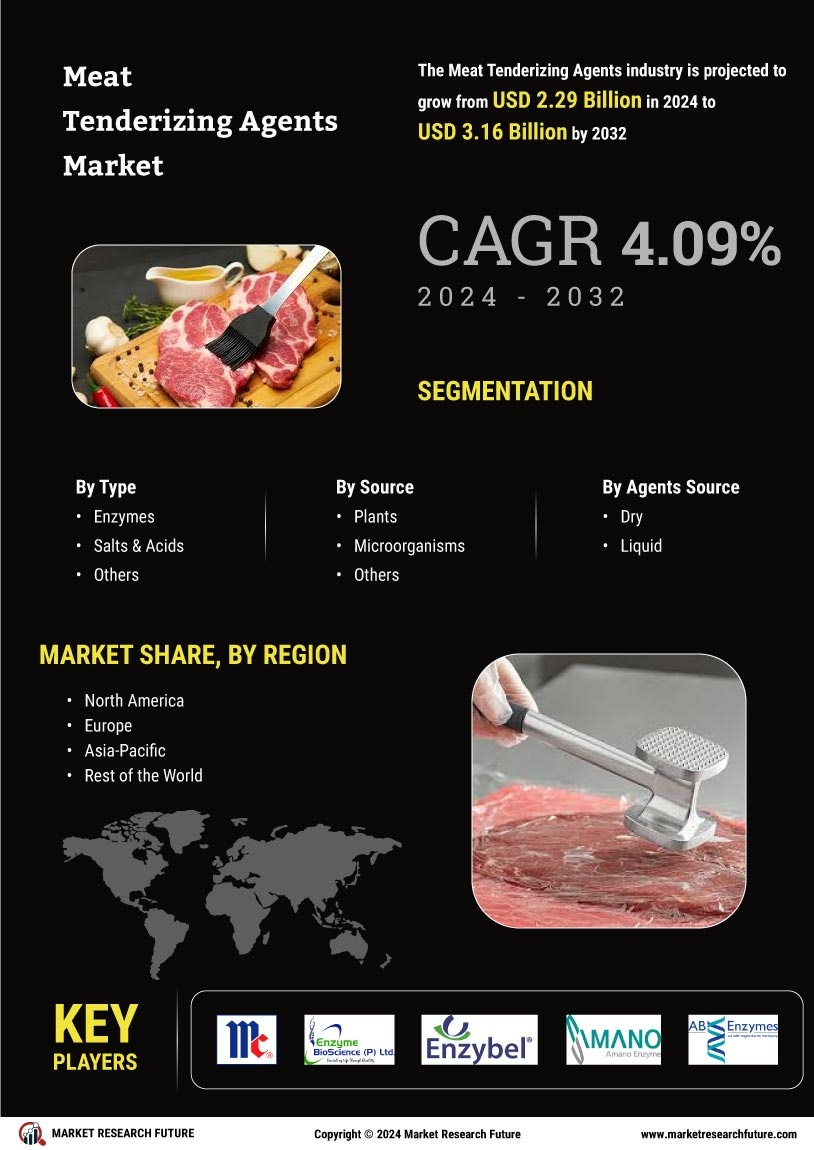

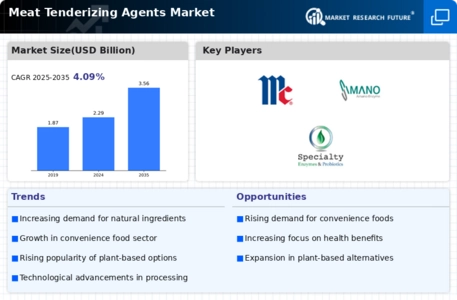
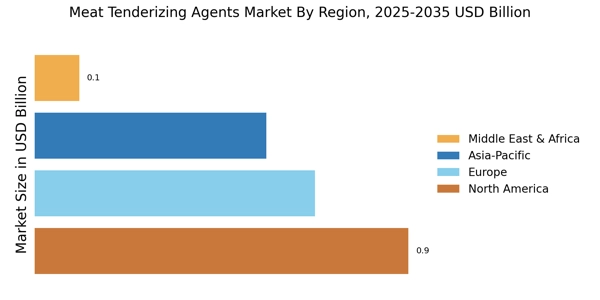
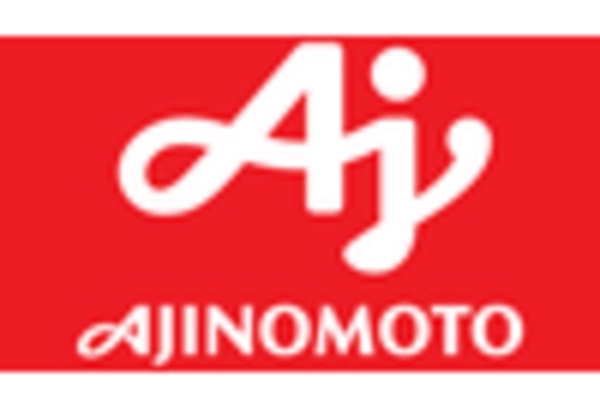
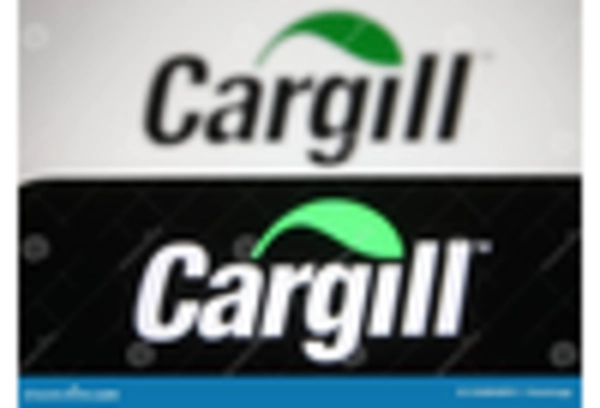
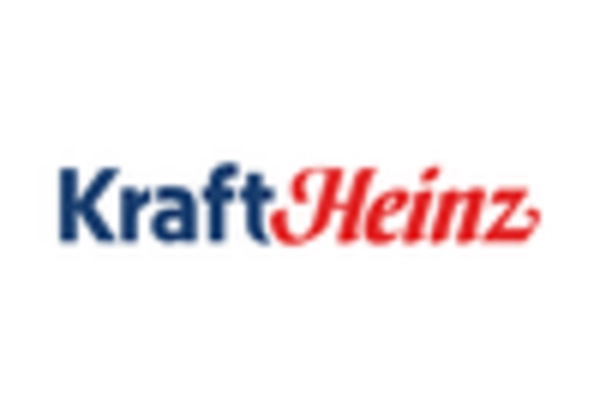
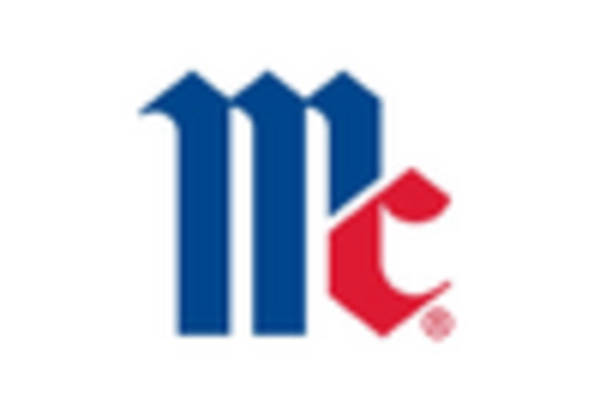
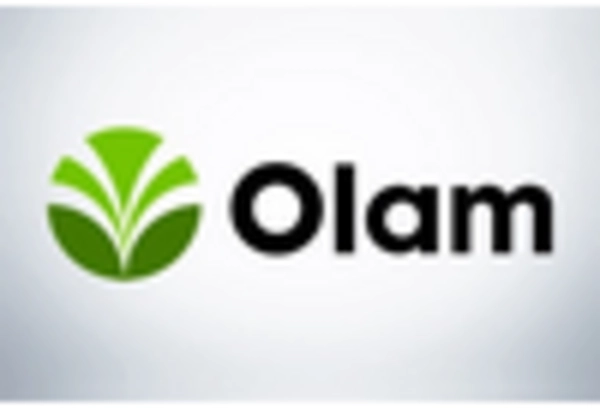









Leave a Comment